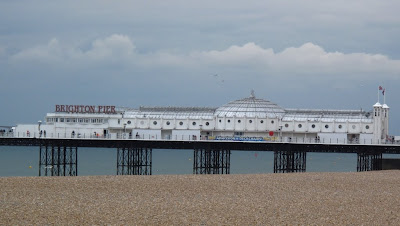
 Sunday was even hotter than Saturday. We started off with the Y-Type run, but were unfortunately unable to finish, due to the distance we had to cover to return to London that day. As a result of setting out on our journey later, we noticed the heat effecting the car, as she was less able to tackle the hills.
Sunday was even hotter than Saturday. We started off with the Y-Type run, but were unfortunately unable to finish, due to the distance we had to cover to return to London that day. As a result of setting out on our journey later, we noticed the heat effecting the car, as she was less able to tackle the hills.

We needed more frequent stops, the most pleasant being the gardens of Kiftsgate and Hidcote Manor, which are opposite each other in the middle of the Cotswolds. We have visited these gardens at various seasons, and they are always lovely.


 The third stop on the return journey was in the town of Islip. This is a lovely small Cotswold stone town, by a historically important river crossing. The information board about the town was interesting, as it mentioned its importance as a stopover in the 17th and 18th centuries for the two day journey to Worcester. As that was where we left the rest of the car club to return to London, it did make us appreciate how easily we can travel today, even in a less than modern car.
The third stop on the return journey was in the town of Islip. This is a lovely small Cotswold stone town, by a historically important river crossing. The information board about the town was interesting, as it mentioned its importance as a stopover in the 17th and 18th centuries for the two day journey to Worcester. As that was where we left the rest of the car club to return to London, it did make us appreciate how easily we can travel today, even in a less than modern car.












































